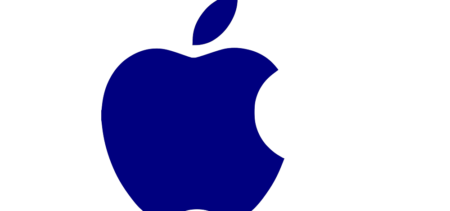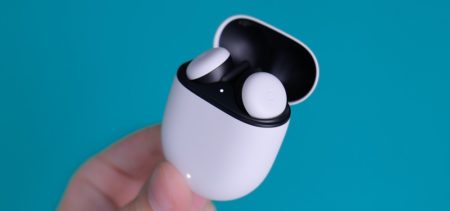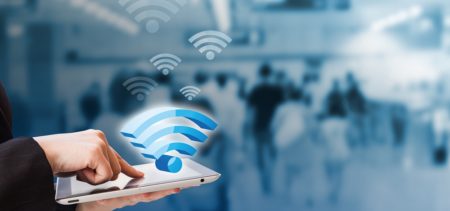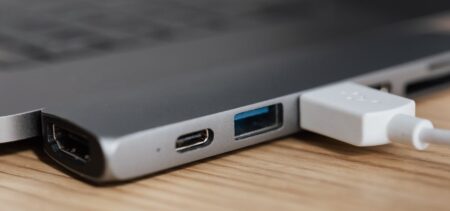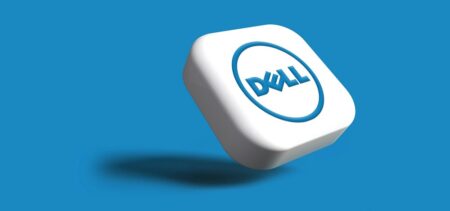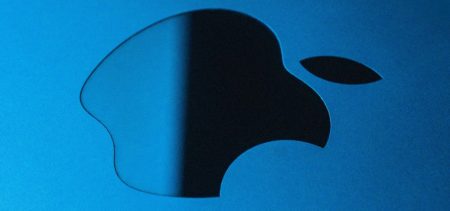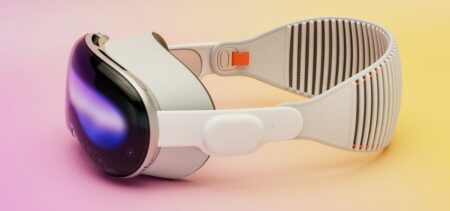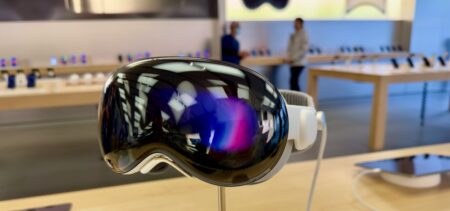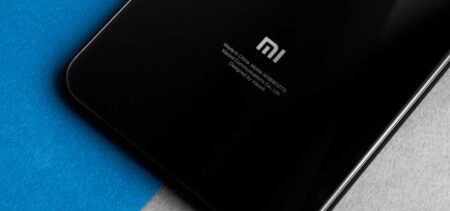The year 2017 holds a lot of expectations, technology-wise. A lot of devices and software programs have already been demoed and prototype-d. Researchers have warned about the potential risks. Some of them even manifested themselves – remember the Dyn DDoS attacks? Now we are moving into the stage of assembling all these brave new technologies together into a functional global network. Integrating smart machines into the Internet of Things (IoT) – here’s what everybody aims for this year.
Although there is a “why”, there are also many “what for”-s on this large scale exploit. The key is in the connection between AI and IoT – fro the overall “why”. The many what for answers concern businesses as well as industries and R&D departments. Let’s explore the main issues here.
IoT and AI
So far tech companies have achieved and (probably only partially) showcased AI breakthroughs, such as digital assistants, smart devices and targeted software. Nevertheless, the bigger goal in machine learning and all its related operations consists of AGI – Artificial General Intelligence. This means machines being able to perform any process the human brain is able to perform. Not just specific, preloaded functions, running with limited capacity, but a limitless array of computing and cognitive functions, per request.
There are quite a few supercomputers currently functional – the Top500 manages to list these powerful machines according to its announced number. USA owns the third entry in the current top 10 – the Titan supercomputer from DOE/SC/Oak Ridge National Laboratory.
Quantum computers are on their way – see here the Timeline section. They would add even more processing capacities to machine learning.
Until then, a functional, full throttle IoT would provide a similar operating power, by reuniting various distributed computer systems into one huge global system, if necessary. Of course, this is a bit speculative, so do apply the necessary doubts. On one hand, the unresolved cyber security risks become global (hypothetical) system risks. Until these are kept under control, is it unlikely for an unsegmented IoT to emerge, if ever. Any threat could spread like an open fire. On the other hand, there are limitations resulting from the different standards and from private ownership of devices and data.
Nevertheless, for experimental purposes at least, letting the AI feed on the unlimited data roaming around in a functional IoT could mimic the necessary supercomputer-level environment needed for its further development.
In turn, by developing AI’s capabilities, IoT networks and connected devices would gradually tune-up into better, seamless integration and more efficient functionality. More hardware functions could become virtualized, 2D should evolve into 3D and so on.
What are the estimated next few steps in IoT
We have speculated how IoT could become Artificial Intelligence’s “society”, ultimately taking AI into its next stage, the AIG. However, coming back to less speculative projections, what do the specialists predict for 2017 in this field?
A new wave of innovations is expected, driven by the increasing availability of AI. As we have mentioned in other posts, tech giants open up their related databases, inviting independent developers to join in. As Forrester says, “2017 will bring more complexity”.
The biggest expected drive over the next couple of years should be in the industrial field. Extremely attractive due to their cost- saving promises, the switch from classical digital functions to smart digital functions should pervade all industrial domains. Similar perspectives emerge in agricultural businesses, too.
The marketing-driven industries benefit from IoT, while also helping its development. That is because they are one of the main data collection funnel. Such businesses also see their operations hyped due to processing big data, therefore we have an open question here. Are researchers the most advantaged, or are businesses the big winners? It may depend upon the degree of adoption, in what the next-gen technologies are concerned. Big data hold an immense potential, but it is perishable. Unless quickly processed, its value decreases. New big data shadows the older one – therefore the rapidity matters enormously.
2017’s infrastructural demands and answers
Material or wireless, the data “highways” also need significant upgrades. This falls into the telecom operators’ domain. Striving to adapt, infrastructure owners, carriers and network professionals all are caught in big changes, matching the big data expectations. Meanwhile, data center professionals look for efficient solutions to be able to withstand the new demands.
As you may see, the source above approaches pressing technical matters in what IoT infrastructure is concerned. Smart technologies, increased-prominence spectrum, 5G. More connected devices – all these should character the year that unfolds in front of us.
Key takeaways for businesses
While gearing up for the interesting times ahead and looking to stay updated with the latest technologies, businesses equally should think in terms of cyber security and sustainability.
Therefore, adopting cloud computing at its best and moving into more efficient and fast environments comes without saying. Nevertheless, organizations should keep an attentive eye on the cyber-security side. Choose the most reliable service providers, stay in touch with the latest developments. Be careful to back up your data and plan ahead for possible cyber events. It may be hard to keep a precautionary mindset with all the promising new technologies at the horizon. However, it is extremely wise. As the saying goes, never put all your eggs in one basket. Have a secondary plan on what you should do if modern tech fails you, in order for you not to fail your customers.
Although advancing in a dual system does not come cheap, it would be the best. By this we mean to consider the ups and downs of every development and to be fully prepared for the downs. Backup systems, backup solutions – never let go of this thought. Taking risks is a business mark of a progressive, modern course of action. Yet, if a critical event occurs, it ceases to be an admirable approach and becomes just a reckless one. Strategically plan your moves – go for the latest trends, but prepare just in case they prove to come with inherent risks.


